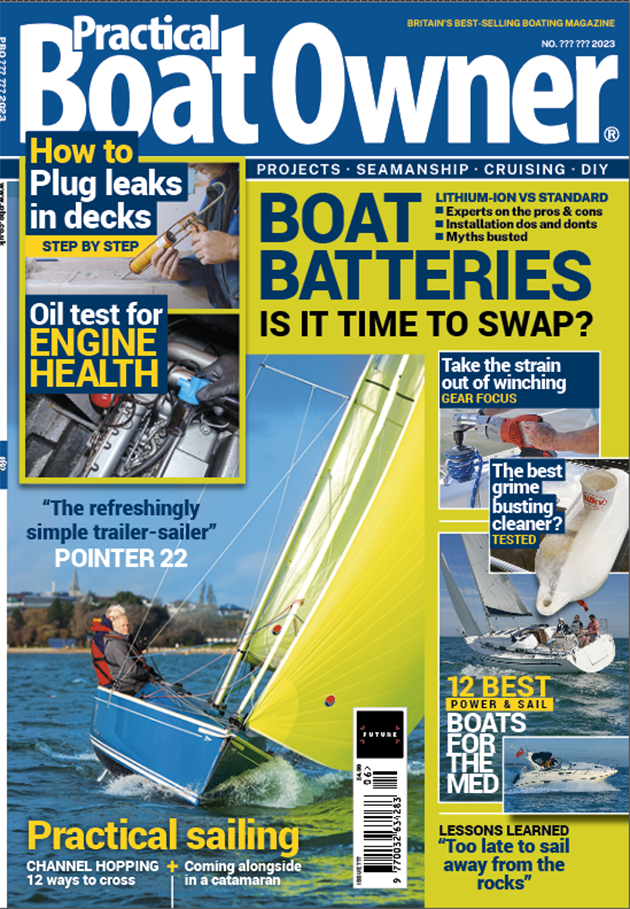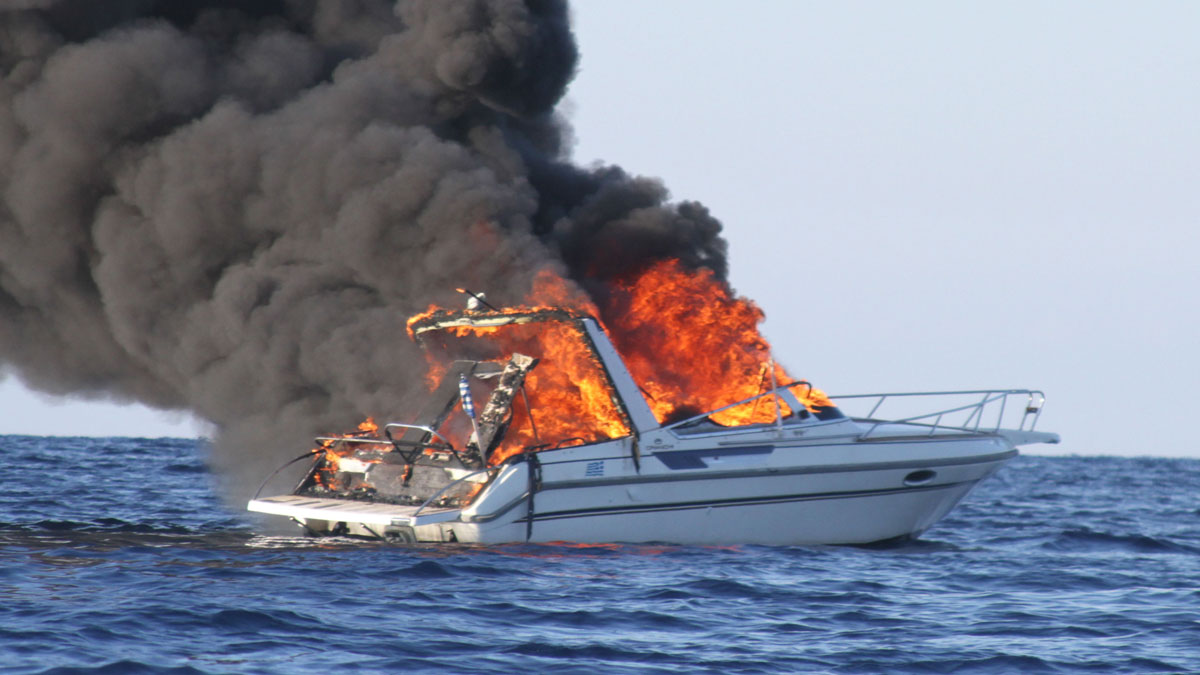Boat owners are being urged to check the shore power cable before plugging in to stay vigilant against wet wiring
How often do you check the shore power cable before plugging it into your boat?
Keith Lovett, senior underwriter at Stoneways Marine Insurance is sharing a cautionary tale to emphasise that electricity and water do not mix.
He said: “With many hooking up to shore power specifically for heaters, oil radiators and dehumidifiers extra care should be taken to ensure that wiring is placed where it will remain dry, that marine grade installations are used and regular checks made.
“Water can easily run along cables, exactly what has happened in the case of one of our clients. Fortunately, a circuit breaker was fitted, however, water shorted the entire unit with damage limited to the plugs and breaker; mercifully, it was placed in an isolated location. The intense heat generated was enough to melt the plugs fitted.
Check the shore power cable
“Corrosion in a saltwater environment can and does affect all systems on board.
“When unattended in a marina, systems are generally shut down, batteries are turned off which isolates the onboard wiring and then a live power cable is brought on board, hence the need to regularly check the condition of everything that’s connected.
“The routing of all cables, avoiding sharp bends and pinch points should be considered and fused or protected circuits utilised. If a fused circuit blows twice, it is invariably sending you a message so identifying the cause is important. Loose connections must be avoided, and all must be kept clean, well-fitted and dry.”
He continued: “Shore power cable plugs on pontoons are particularly prone to corrosion and, as sealed units, are often something that may be overlooked. If the worst does occur, even generated heat or smoke – let alone fire – can cause catastrophic damage.
Continues below…
Shore power: solving tripping problems
Ali Wood gets a crash course in reverse polarity and smart charging when Project Boat Maximus’s shore power gets trippy…
How to find the best boat insurance
Boat insurance costs are rising but you can still get the right cover for your kind of cruising if you…
Boat fire prevention: tips to stay safe
For sailors, there is no hotter topic than fire on board. Sticky Stapylton looks at methods of prevention – and…
Carbon monoxide on a boat: how to protect you and your crew
John Tylor and PBO’s experts share some valuable safety tips for avoiding carbon monoxide on a boat
“Your insurers will be eager to identify the ultimate cause so as much information as possible should be provided and photographs can be hugely valuable immediately after such damage is discovered.”
PBO’s gear tester Rupert Holmes added: “Keith makes some very important points, especially given many shore power cables I’ve seen are the same age as the boat, yet operate in an extremely harsh environment, especially over winter.
“At the same time most only have IPX4 waterproofing (protection from splashes) although there are some (such as this Victron model) that have an IPX6 rating giving protection against powerful water jets.
“It also highlights the importance of fitting smoke alarms, and the benefits of switching off any high-power devices when leaving the boat, even if it’s only for a short period ashore.”
Subscribe to PBO for more boating news!
A subscription to Practical Boat Owner magazine costs around 40% less than the cover price.
Print and digital editions are available through Magazines Direct – where you can also find the latest deals.
PBO is packed with information to help you get the most from boat ownership – whether sail or power.
-
-
-
- Take your DIY skills to the next level with trusted advice on boat maintenance and repairs
- Impartial in-depth gear reviews
- Practical cruising tips for making the most of your time afloat
-
-
Follow us on Facebook, Instagram, TikTok and Twitter








